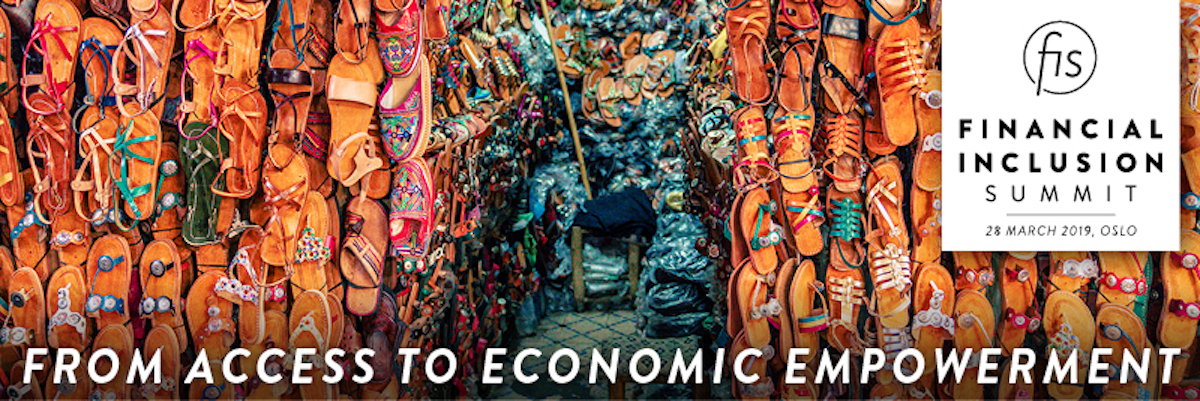
Making Financial Exclusion History
Although the world has gone a long way to reducing financial exclusion, with more than two-thirds of adults now holding a bank account, a recent report from the World Bank indicates that 1.7 billion people still live in extreme poverty without access to basic financial services. Furthermore, the report, Poverty and Shared Prosperity 2018: Piecing Together the Poverty Puzzle, indicates that progress on financial inclusion has varied widely between regions, with the number of those considered living in extreme poverty down by nearly 80% in Southern Asia – while the number of those considered extremely poor in sub-Saharan Africa has actually increased.
Perhaps more damagingly, the World Bank’s report makes an explicit connection between poor access to financial services and acute poverty. Although the income of the poorest sections of South-East Asia grew by between 3.1% and 4.5% per year from 2010-2015, the equivalent number for the poorest 40% of people in Sub-Saharan Africa was 1.3% – lower than the rate of inflation, in part related to their limited access to basic financial services.
Ends – not means
Those populations which remain unserved by existing financial services are among the hardest to reach, since they may not have internet access. A further challenge is to identify which services are going to be most useful to rural populations still used to trading in barter or cash – particularly when these populations may vary significantly in their educational attainment and income levels.
If some emerging markets in Asia and Latin America now define financial inclusion as being about improving prosperity, others – especially in sub-Saharan Africa – are still concerned with identifying and rolling out basic services such as bank accounts and simple lines of credit. Bringing relevant financial services to these least developed markets requires not just government engagement, or the involvement of the finance industry in partnerships with governments, but also partnerships between private sector companies.
Partnerships in practice
One example of companies working together in what’s called a “private-private” partnership is Mastercard’s work in Kenya with Unilever and Kenya Commercial Bank. The three companies have come together to create a secure digital platform for micro-business owners to obtain credit for basic goods, which are then sold on to consumers in rural areas of the country. The programme has enabled the owners of local micro-businesses, or dukas in Swahili, to broaden the range of products they can offer, ensure continuity of supply and improve their incomes.
Western government agencies are working with private firms to explore means of adapting innovative fintech developments to meet the needs of unbanked populations, sending the founders of successful fintech firms on tours of East Africa and other regions to see how their ideas might be adapted. These efforts and others by international agencies have resulted in successful pilot schemes everywhere from Ghana to South Africa, Kenya and the Ivory Coast.
Despite these successes, more needs to be done to close the financial inclusion gap – and the Oslo Financial Inclusion Summit will examine new ways in which the burgeoning fintech sector can help deliver financial services to the world’s poorest populations, revitalizing local and national economies in the process.
The Financial Inclusion Summit takes place in Oslo, Norway, on 28 March 2019. To find out more or request an invitation, visit: https://financial-inclusion.com/#register
